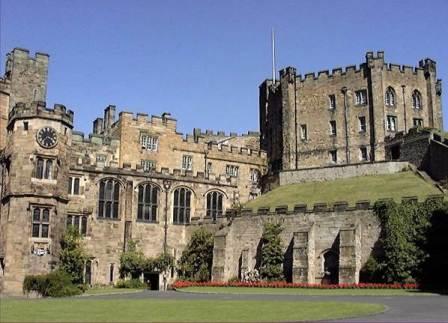Exploring Architectural History and Styles Quiz
- AIA
- NAAB
2.
You may optionally provide this to label your report, leaderboard, or certificate.
×
Thank you for your feedback!
















